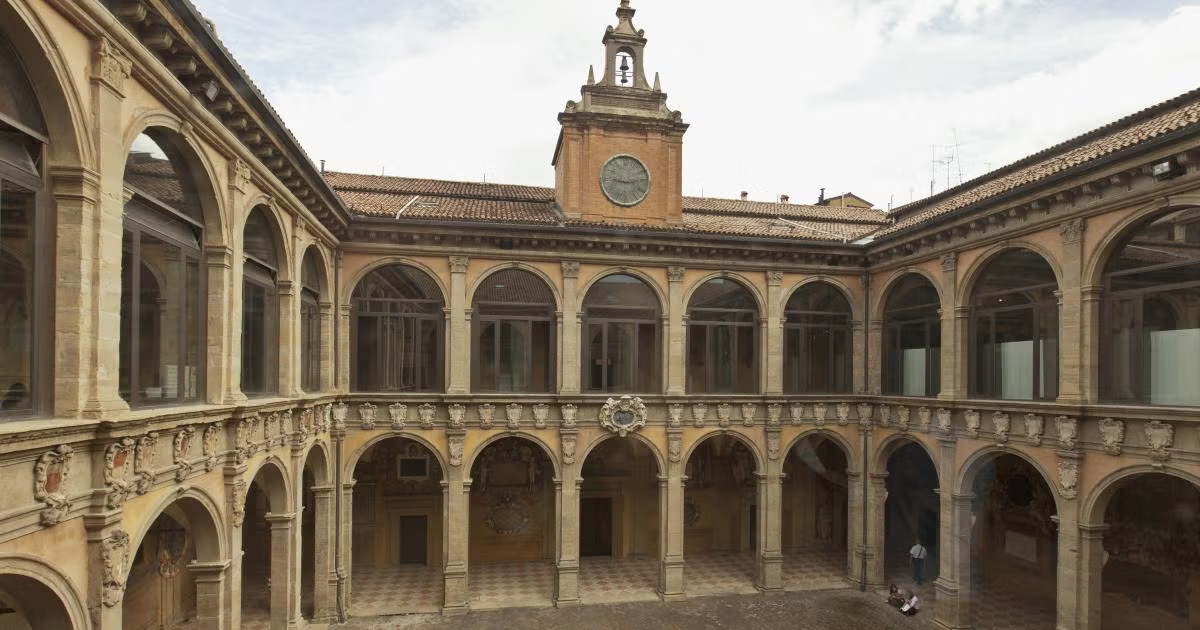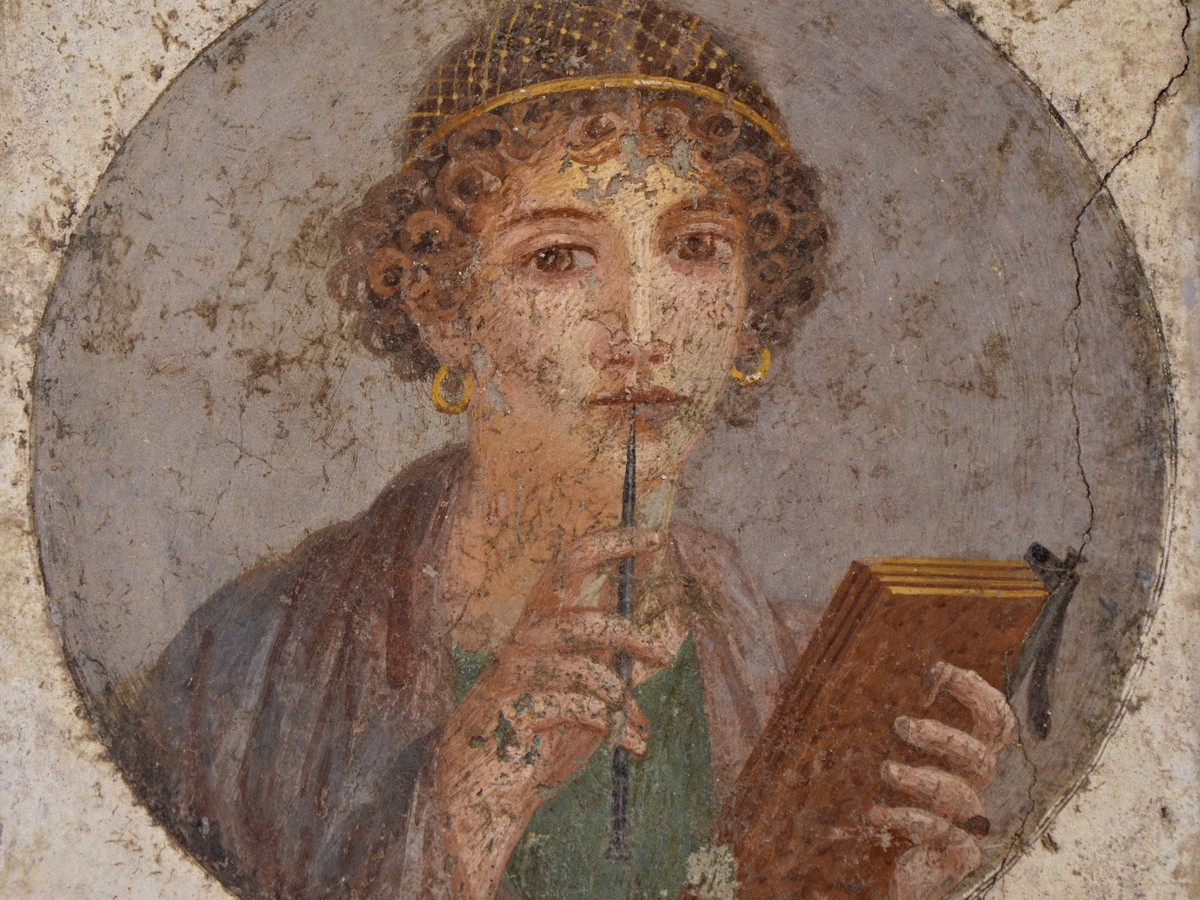In the mid-12th century, the student-driven city of Bologna pioneered a revolutionary model: the universitas scholarium, or student guild, where learners banded together to protect themselves and negotiate the terms of their education. This collective action—forming what became the University of Bologna—gave students control over curriculum, faculty hiring, and fees. It marked a critical shift toward academic self-governance, laying foundations for modern university autonomy.
What makes Bologna unique is its bottom-up formation. Unlike cathedral school expansions, Bologna rose from students organizing themselves—each nationality forming a “nation” to bargain with masters and city authorities. This structure helped ensure balanced power: students held votes and could even fine professors for failing to complete courses. Such measures introduced early forms of accountability and academic standards, centuries ahead of their time.
This medieval institution reshaped higher education globally. Others—Paris, Oxford, Cambridge—adopted variants of the guild system, but Bologna’s influence stood out as a template for university charters and self-regulation. By creating a corporative legal entity independent of both church and state, it embedded academic freedom into the very DNA of European universities. Understanding this origin story enriches our appreciation of the university today—not as a relic, but as a living, evolving institution rooted in student empowerment and scholarly collaboration.




